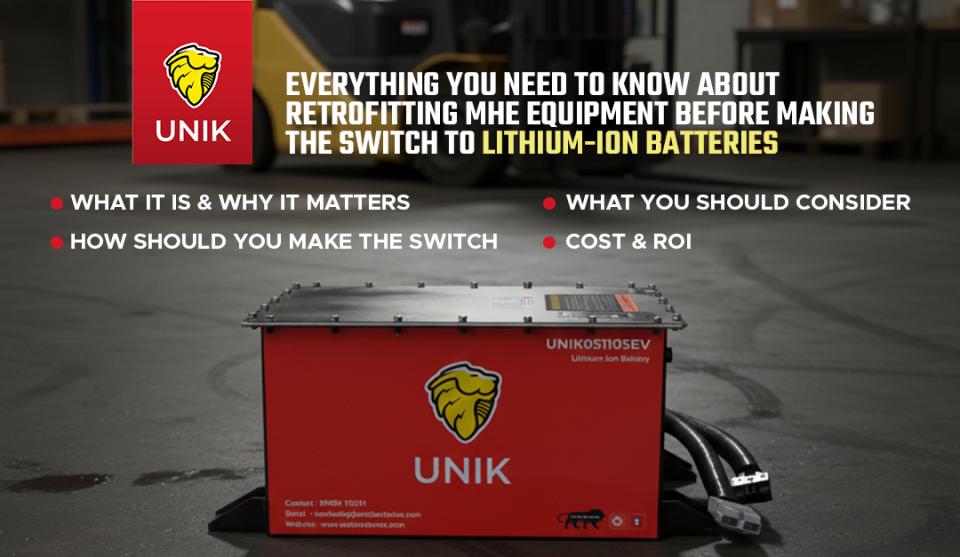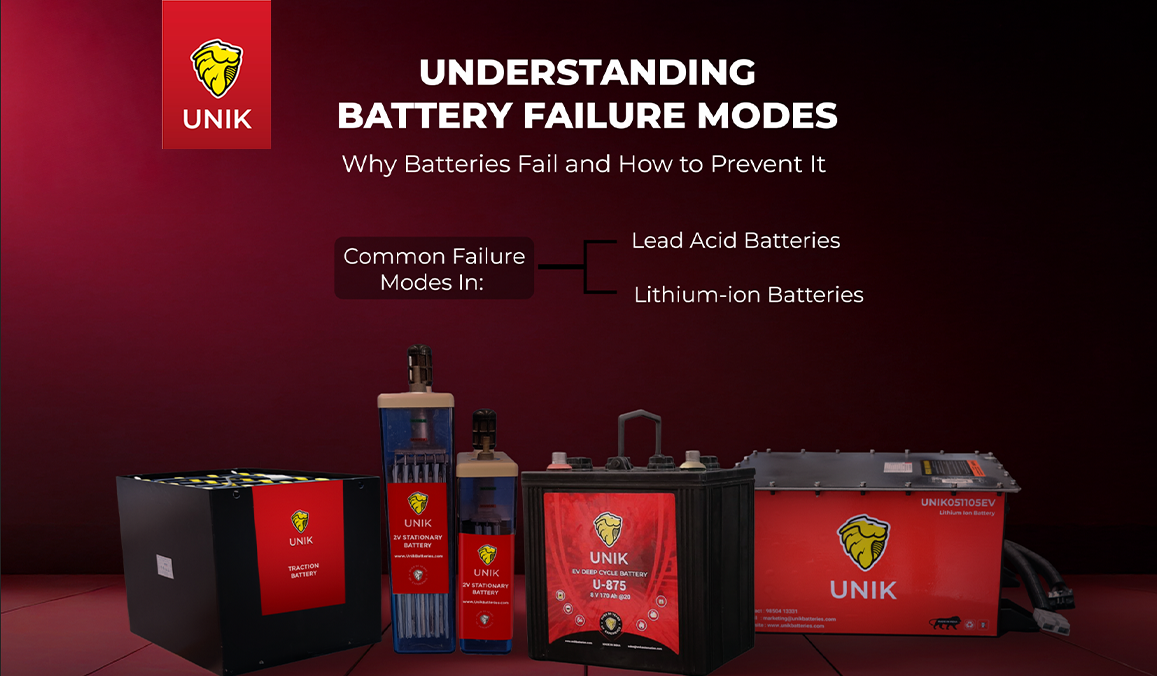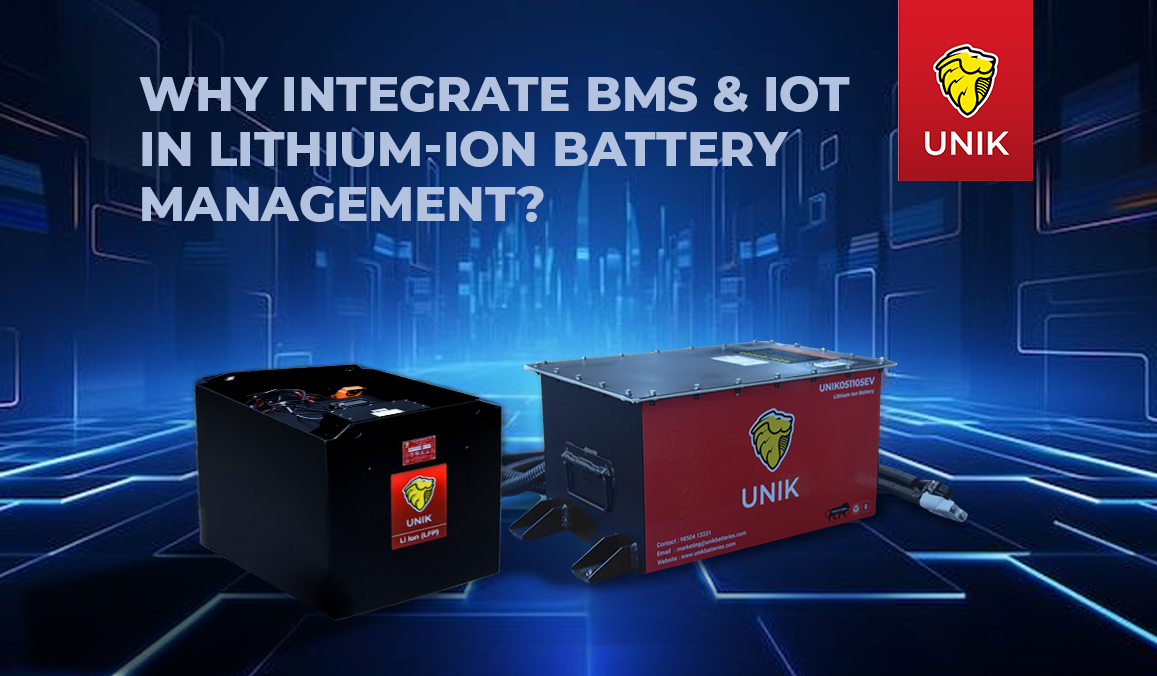What India’s GST Reforms on Batteries Mean for Industrial Batteries in India
Effective 22 September 2025, the Goods and Services Tax Council has established a uniform tax rate of 18 percent on all batteries under the relevant tariff heading.
Lead-acid batteries and other
non-lithium chemistries that were previously taxed at 28 percent have been moved to 18 percent, while
lithium-ion batteries that were already at 18 percent remain at 18 percent. This closes a tax-driven price distortion between chemistries. it.
Why buyers should care: procurement clarity for industrial batteries India
Large institutional buyers — data centre operators, telecommunications providers, manufacturers, warehouses and logistics firms — should now evaluate battery options based on engineering and lifecycle merits rather than tax differentials. It is time to re-run battery total cost of ownership and update any battery procurement checklist items that previously assumed different tax slabs by chemistry. The uniform rate simplifies tender comparisons for stationary batteries, traction batteries, and semi-traction batteries.
The renewable stimulus: why stationary and modular stationary storage get a second push
At the same time, the Council reduced GST on many renewable energy devices and components from 12 percent to 5 percent, effective the same date which points to a structural nudge lowering system-level cost for pairing renewable energy generation with storage. This two-pronged reform of lower taxes on renewable equipment plus uniform battery taxation, materially improves the business case for stationary batteries and modular stationary battery systems used for grid support, commercial building peak management and microgrids. Developers and corporate buyers now see better payback on integrated projects.
What this means for uninterruptible power supply batteries and resilience planning
Operators of mission-critical infrastructure that rely on uninterruptible power supply batteries — hospitals, financial services, and data centres should reprice prospective upgrades and replacement schedules. The savings from tax reductions can be redeployed into extended warranties, redundant modular banks or faster maintenance response, improving uptime without increasing lifecycle cost. These industries should re-run their total cost of ownership for uninterruptible power supply batteries with the new 18 percent assumption for all chemistries.
Tactical playbook for B2B buyers (what to do this quarter)
- Re-run total cost models for all active tenders and capital plans using 18 percent on batteries and 5 percent on relevant renewable components. Include procurement, energy use, replacement cadence and end-of-life handling in the battery total cost of ownership model.
- Update request for quotations: require vendors to show explicit tax line items, and score bids on lifecycle cost and service rather than upfront price alone.
- Pilot modular stationary storage at one high-value site to test flexibility and scaling benefits against monolithic installations. Use the pilot to quantify savings from the renewable-device tax cut.
- Negotiate recycling and buy-back clauses to capture residual value and meet battery recycling expectations; convert a portion of tax savings into reverse-logistics guarantees.
Strategic context to keep an eye on
The government’s Production Linked Incentive for the Advanced Chemistry Cell programme remains the bedrock of domestic cell capacity stimulus, with an outlay of roughly Rupee 18,100 crore to scale giga- scale manufacturing and domestic value addition. Buyers should plan three- to five-year sourcing strategies that factor in the likely increase in domestic lithium cell availability and potential price effects as local manufacturing scales up.
Quick priorities to GST Reforms on Batteries into an advantage
- Reprice major exposures first: large uninterruptible power supply banks, multi-site stationary backup contracts and material handling fleets.
- Use realized tax savings to secure longer warranties and faster replacements.
- Launch one modular stationary and one battery-as-a-service pilot in the next six months to measure operating advantage.
The Goods and Services Tax reform of 2025 explicitly brings lead-acid batteries and other non-lithium chemistries into the 18 percent bracket and leaves lithium-ion batteries at 18 percent, while cutting renewable-device taxes to 5 percent. For buyers of industrial batteries India, this returns the decision to technical fit, lifecycle economics and service models. Act now to re-run financials, tighten procurement clauses and pilot modular stationary and uninterruptible power supply battery solutions to turn the policy change into measurable resilience and cost gains.
If you are exploring where to begin after these GST reforms on batteries, let’s connect and evaluate the right approach for your business needs






